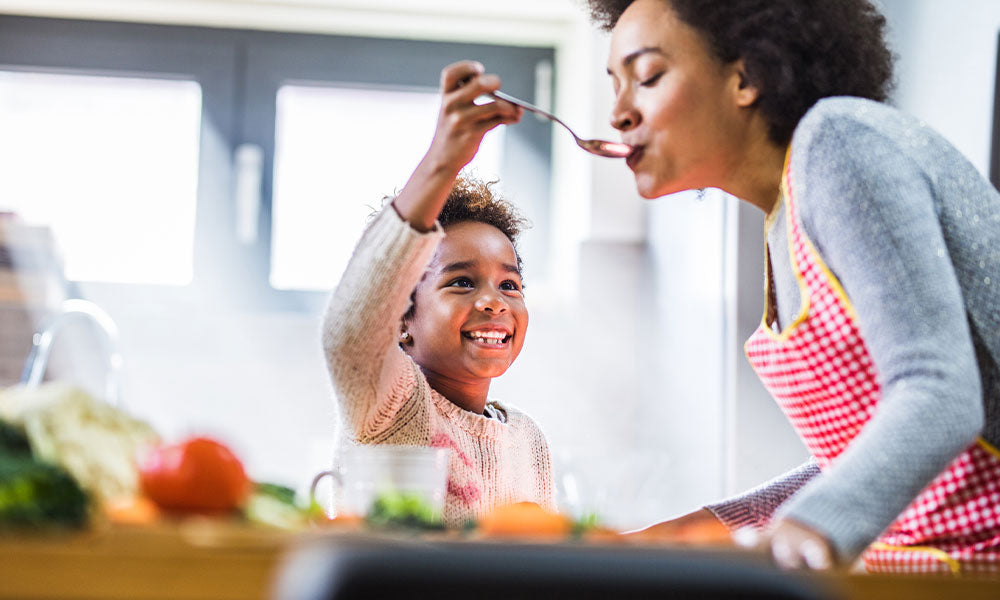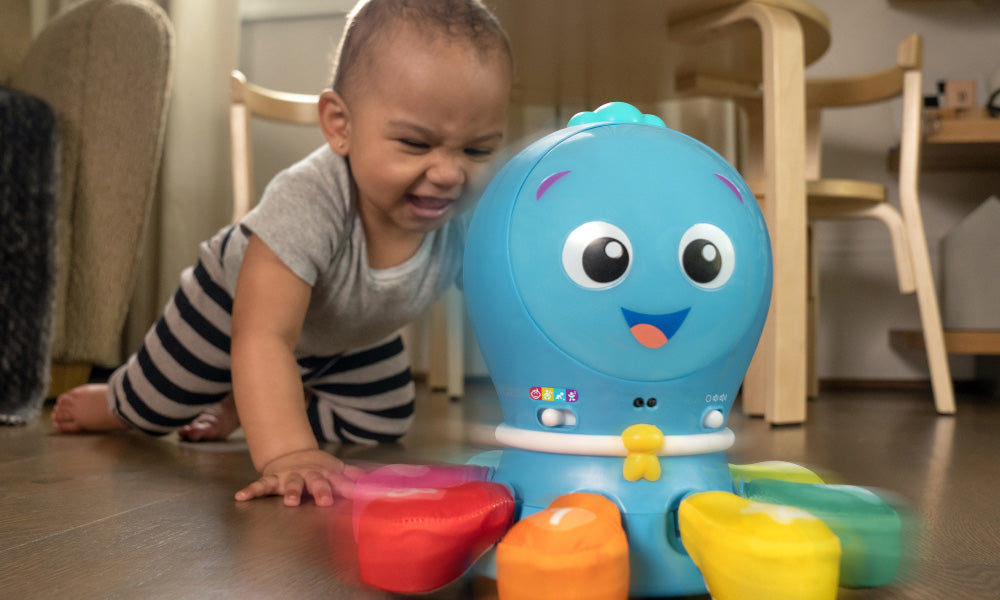Some of my happiest childhood memories are food memories. Baltimore’s farmers markets overflowed with rainbows of fruits and veggies. At the Middle Eastern store, we scooped olives from briny barrels and marveled at blocks of halvah. At Mostelone’s, the Italian grocery, ribbons of still-warm mozzarella stretched across the counter, and the whole place smelled like basil and parmesan.
Those memories are colorful, delicious, and joyful. But they’re also complicated. My mom was always on and off a diet. If I reached for too many snacks, her eyes could stop me cold. I was the tallest girl in my class, the first to go through puberty, and I worried endlessly that my body was somehow wrong. Over time, diets became stricter, food rules became harsher, and by my freshman year of college, I had a diagnosis: anorexia. Later it was binge eating disorder, then EDNOS—eating disorder not otherwise specified. Food was both the thing that nourished me and the thing I feared most.
It has taken years of therapy, support, and self-compassion to reframe that story. Today, as a parent, I want something different for my kids. I want them to know that food is fuel and joy, culture and connection, curiosity and celebration. I want them to feel empowered in their bodies, not trapped by them.
Food as a Foundation
Healthy food really is essential. Studies show that kids who eat a wide variety of fruits, vegetables, and whole foods have better focus, stronger immune systems, and more stable energy. Family meals—even simple ones—are linked to improved academic performance and lower rates of risky behavior in teens. Nutrition is not just about vitamins and minerals; it’s about laying down a foundation for lifelong health and resilience.
But here’s the catch: when we obsess over purity, when we moralize every bite, when food becomes a battleground, the benefits unravel. Kids don’t need to learn that broccoli makes them “good” and cookies make them “bad.” That mindset can plant seeds of guilt, shame, and disordered eating.
Instead, we can give them the gift of balance.
What Balance Looks Like
• Variety over restriction. A colorful plate that includes fruits, veggies, grains, and proteins gives kids the building blocks they need. There’s room for ice cream, too.
• Modeling without moralizing. Let kids see you enjoy salad and cake, lentils and French fries. Food is not a measure of worthiness.
• Connection over control. Invite kids to cook with you, help plan meals, or pick a new fruit at the store. When they feel involved, food becomes an adventure, not a chore.
• Joy over judgment. Some nights will be homemade dinners. Others will be boxed mac and cheese. What matters most is the time spent together.
The Bigger Picture
Of course, food choices don’t happen in a vacuum. Access matters. Not every family has a nearby farmers market or the budget for organic kale. That’s why school lunch programs, community gardens, and affordable grocery options are so important. Every family deserves access to nourishing food that supports growing bodies.
And yet, even when choices are limited, the principles of balance still apply. A peanut butter sandwich, an apple, and a glass of milk can be as nourishing as a carefully plated quinoa bowl. What matters most is consistency and care, not perfection.
Raising Kids Who Enjoy Eating
The truth is, our children are watching us. They hear the comments we make about our bodies. They notice if we skip meals, or groan about “bad” foods. They absorb our attitudes toward food long before they read nutrition labels.
That’s why the greatest gift we can give is not only access to healthy food, but also a healthy model of how to relate to it. One that says:
• Food is fuel to play, think, and grow.
• Food is culture, a way to honor our families and communities.
• Food is joy, to be shared around tables big and small.
When kids learn these lessons, they grow up not only nourished, but resilient.
At the end of the day, the most powerful lesson we can pass on isn’t about the newest “superfood” or the latest diet trend. It’s about balance. Food is meant to nourish and food is meant to be enjoyed. When we release the pressure for perfection, we leave more space for connection—and for the kind of happy, complicated, delicious food memories that last a lifetime.



